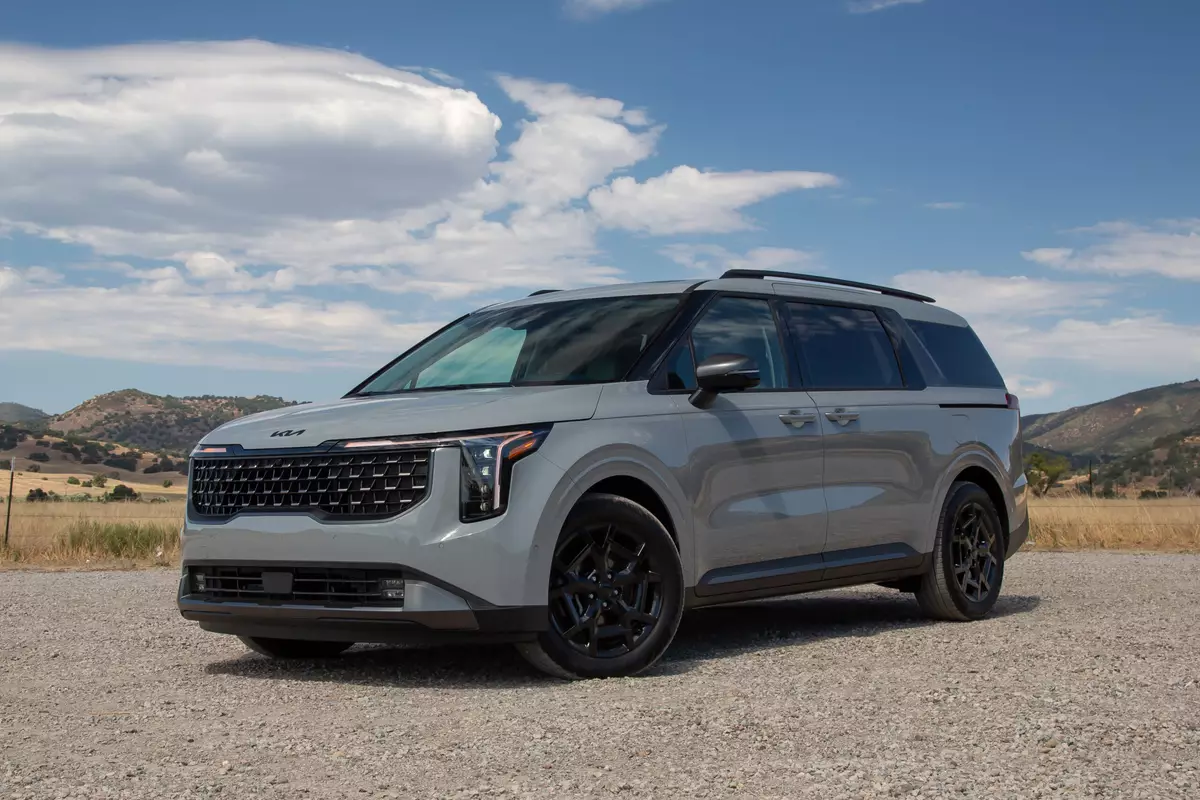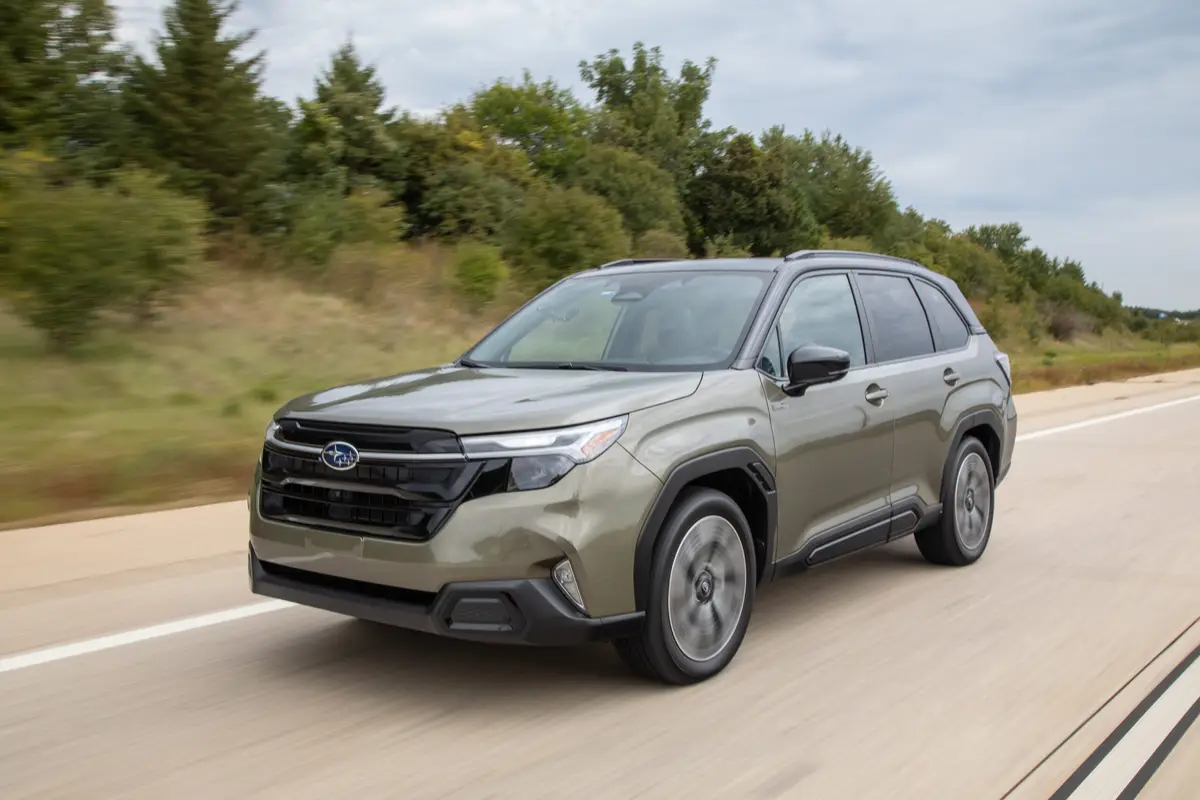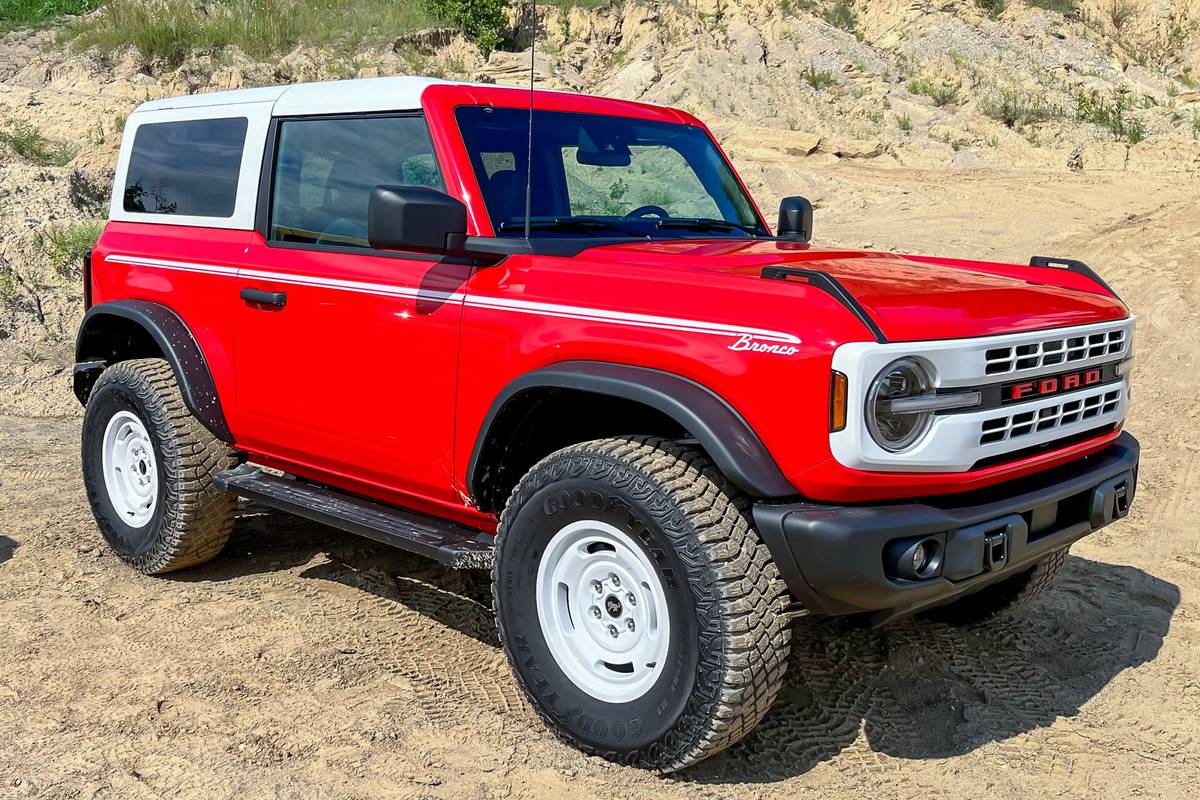washingtonpost.com's view
There is a common sense to the 2000 BMW 323i Sport Wagon that escapes the American mind.
We traditionally think of wagons as big, just as we do pickup trucks and sport-utility vehicles.
We’re so into big, we no longer know what’s “midsize” or “small.” The notion of “compact,” somewhere between midsize and small, is lost on us.
I learned this during my week in the Sport Wagon.
Some colleagues and friends scratched their heads when they saw it. “That’s a wagon?” one asked. “What can you put in it?”
Few people ask such questions in Europe, where compact or even smaller wagons are common sights on compact or even smaller streets. But in America, when asked in reference to wagon capacity, the questions usually mean “Can it carry a 4-by-8-foot sheet of plywood?”
No, it can’t. The Sport Wagon isn’t designed to do that. But it is made to carry a narrow “apartment” bookcase nearly five feet long, two week’s worth of a single woman’s laundry, a comparable amount of her dry-cleaned business suits, computer paraphernalia, various voluminous law briefs and a week’s worth of groceries.
I know this because I watched my wife and oldest daughter load the stuff. I was stunned by their accomplishment, which came amid my griping that they were “being unreasonable” and that they would “never get all that stuff in there.”
They got it in, with two passenger seats to spare, thanks to the Sport Wagon’s standard one-third/two-thirds split fold-down rear seats. The mom-and-daughter logistics team used the two-thirds split to accommodate the bookcase, thereby leaving one rear seat free.
Normally under such circumstances I would feel hopelessly middle-aged — good old Dad with wife, kid and stuff in tow doing another life-stage run — hauling someone off to college or to another adventurous year of New York high-rise living. This time, I felt sexy. I guess 170 horsepower, exceptionally nimble handling and a BMW badge will do that for you.
But I didn’t realize the true virtue of a compact wagon until we rolled into New York City. Traffic was tight, as usual. But the rear-drive Sport Wagon moved smartly, deftly avoiding urban traffic squeeze plays, quickly taking advantage of any openings in traffic flow.
BMW does not allow test cars to be parked on big-city streets, which meant finding a guarded garage on New York’s East Side. Have you ever driven into one of those places? Ceilings so low you wonder why anyone would dare park a sport-utility vehicle there. Parking lanes so narrow you gasp at the sight of anything larger than a Honda Civic.
But the Sport Wagon fit nicely, though one of the attendants asked, “That’s a wagon?” He watched in awe as we unloaded cargo.
Having deposited wife and daughter, and after a suitable rest, I was ready to hit the road again. But this time I journeyed as Auto Man, Ace Test Driver, Single Dude Behind the Wheel of a Truly Hot Automobi le.
The Sport Wagon employs engineering and hardware to support such fantasies. Its 2.5-liter inline six-cylinder engine delivers consistently smooth power. Its standard 16-inch tires offer real gripping power. (The test car was equipped with optional 17-inch rubber that offered even more.) Steering is precise. The standard five-speed manual gearbox shifts easily — no notchiness in the lever, no grumbling from the clutch.
Myriad luxury touches increase the pleasure. They include optional Montana leather upholstery, high-gloss myrtle wood interior trim, standard 10-speaker sound system, and power seats, windows and locks.
Excessive? Perhaps. But BMW has a luxury image in the United States, and it has never done itself any favors here by trying to play it cheap. Besides, common sense, even in a wagon, need not mean boredom.
Nuts & Bolts
2000 BMW 323i Sport Wagon Complaints: The test wagon was equipped with BMW’s optional spor t suspension, which offers wonderful ride and handling on well-maintained roads. But this is a relatively stiff suspension, which can brutalize you on the ruffled, ridged, steel-plated and potholed monstrosities that pass for streets in New York and the District.
Praise: Versatile in terms of cargo and passenger space; overall excellence in terms of ride, handling, acceleration and driving enjoyment.
Head-turning quotient: “That’s a wagon?”
Engine: 2.5-liter, 24-valve inline six-cylinder designed to develop 170 horsepower at 5,550 rpm and 181 pound-feet of torque at 3,500 rpm.
Capacities: Seats five. Cargo capacity is 48 cubic feet with rear seats down and 26 cubic feet with the seats up. Fuel tank holds 16.6 gallons; premium unleaded gasoline is required.
Mileage: About 27 miles per gallon in mostly highway driving.
Price: Base price is $29,200. Dealer invoice on base model is $26,440. Price as tested is $32,670, including $2,900 in options and a $570 destination charge.
Purse-strings note: Compare with Audi A4 Avant, Audi A6 2.8L Avant, Volvo V40 wagon and Volvo V70 2WD wagon.
Latest news



